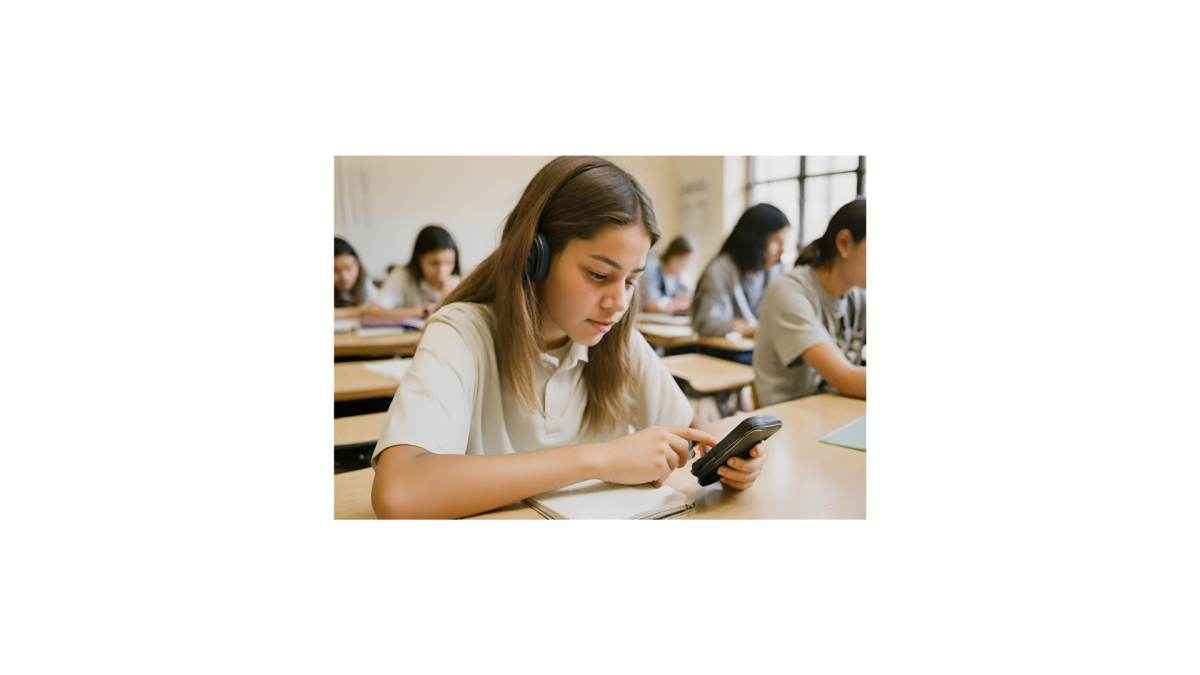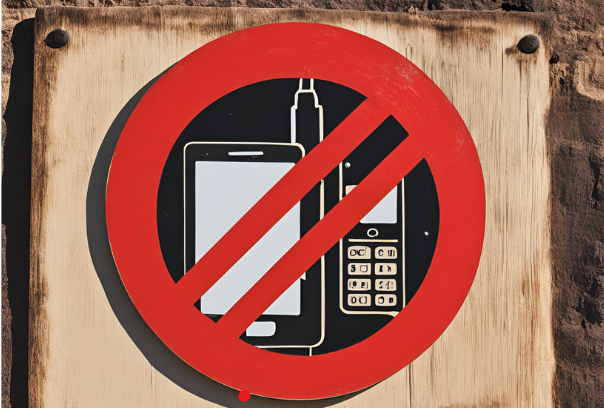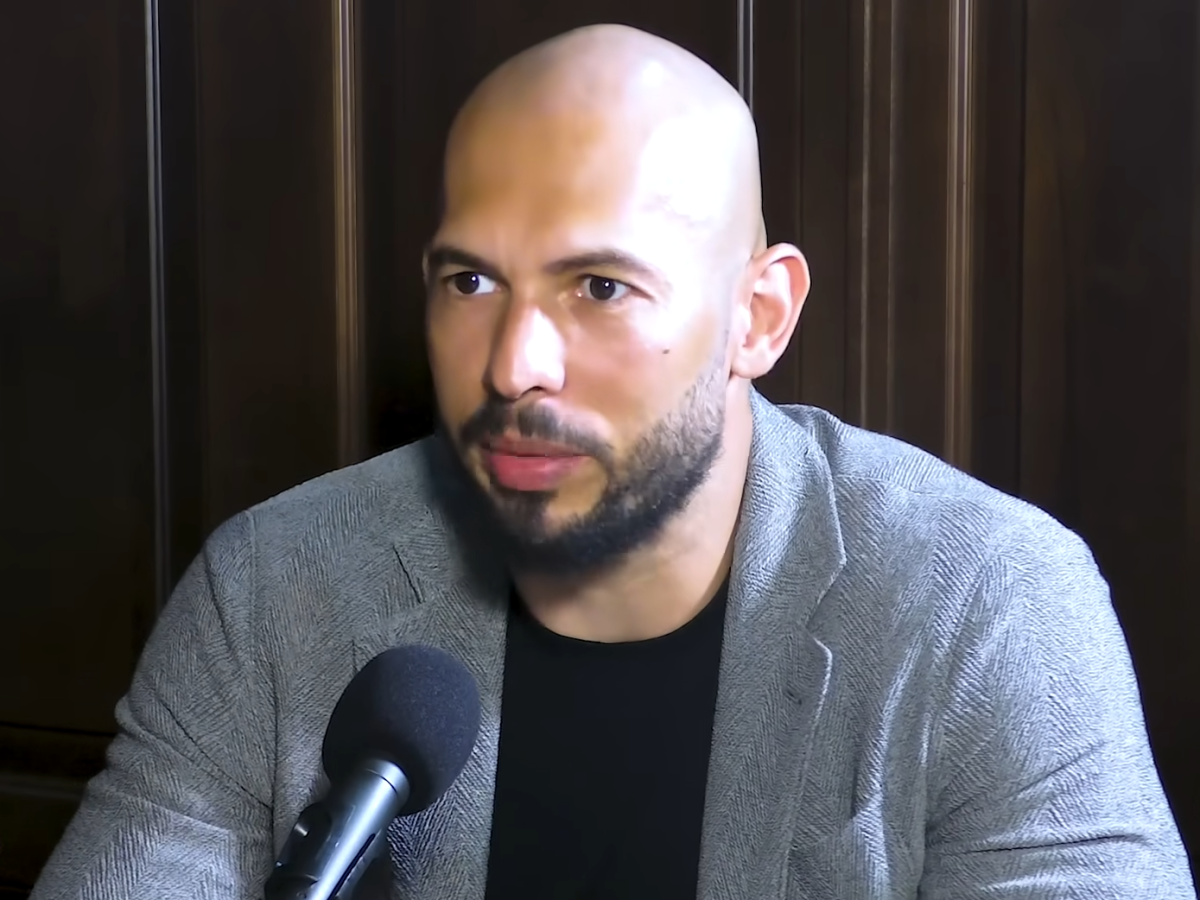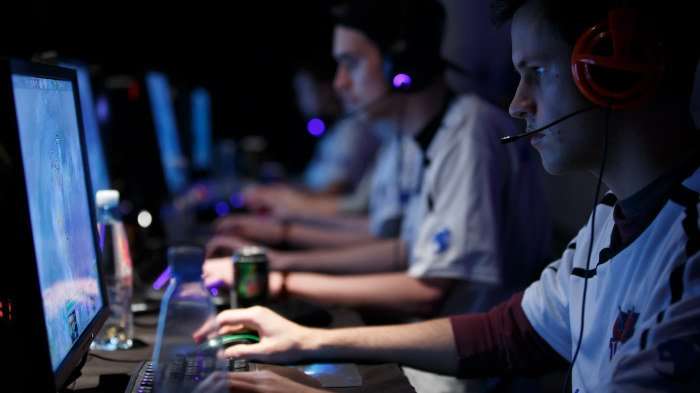Are phones becoming an issue in the classroom today? The Madisonian surveyed how long students spent on their phones daily. The average answer was 6 hours. The second part of the survey focused on how much time they spend on their phones at school, with the average amount around 3 hours.
The use of phones in all places has been skyrocketing since their invention. Especially for students in school, it has become a habit to use phones anytime there is downtime in the classroom. Is this a bad thing? Does it affect learning and the growth of students today? The answer is complicated, with both affirmative and negative aspects.
The article “Students Are Addicted to Screens, What It Means for Learning” claims, “A majority of educators claimed students’ learning challenges rose along with their increased screen time and that student behavior worsened with more screen time.”
Another article, “Brain Drain: The Mere Presence of One’s Own Smartphone Reduces Available Cognitive Capacity,” posits, “Given that many of them are in school, the potential detrimental effects of smartphones on their cognitive functioning may have an outsized effect on long-term welfare.”
As we all know, phones are very effective as a tool when used appropriately and make everyday life much easier. That is why we use them. Phones make communication, transportation, and learning more accessible than ever before.
So, what is Madison Consolidated High School doing about phones in classrooms today? The phone policy in the Madison Consolidated High School handbook gives teachers the freedom and responsibility to establish rules for their classrooms. However, most MCHS teachers don’t enforce classroom rules, usually allowing students to use their phones at will. This doesn’t mean some teachers don’t have opinions on using phones in the classroom.
Cortney Arrowood, an English teacher at MCHS, experiments with her senior class on their use of screen time. “The average is normally six to seven hours a day, including school days, which is outrageous. There are only 24 hours a day, and you’re not awake for 24. If you were, that is a third of your day. That’s crazy.”
MCHS Principal Ronnie Lawhead recognized that phones can cure boredom, but their use for harmful purposes, such as bullying, is embellished.
“I do think they have become an issue in school. I don’t think that’s the only issue, but it’s an easy route for students if they’re bored. On a bigger note, where they have become a problem is the communication of information that is not always accurate. You get some bullying in some cases right, so when I was a kid, a guy bullied me. I went home and didn’t have to deal with him. Now it seems to follow kids around with their phones,” stated Lawhead.
Lauren Conner and Kallie Eder, seniors at MCHS, think phones play a crucial role in school.
“Teachers give us work and then let us have about 20 minutes of downtime daily. Phones are the simplest solution to that problem. I don’t know what we would do during that time if we didn’t have phones.”
When this article was written, Governor Eric Holcomb of Indiana signed a new bill into law regarding cell phones in schools. Senate Bill 185 mandates that each school corporation and charter school adopt and implement a wireless communication device policy governing student use of such devices and publish the policy on the school corporation’s or charter school’s website.
The bill has a few exceptions:
- If a teacher allows it for educational purposes during instructional time.
- If a student needs to manage their health care, such as blood sugar monitoring, for example.
- In the event of an emergency.
- If the use of the device is included in their Individualized Education Program or 504 plan.
The article announcing this change, “Should students have cellphones in class? Indiana just said no — with a few exceptions,” stated, “Eagleson said studies have shown students spend seven to nine hours a day on their phones, receiving around 237 notifications — a quarter of which occur during class time.” “Since COVID, teachers report that student behavior and mental health issues linked to cell phones have spiked,” said John O’Neal of the Indiana State Teachers Association in testimony.
For all the students worrying about not being allowed to use their cell phones next year, the policy only mandates that each school district have a phone policy in place in their schools.
The Madisonian spoke with Lawhead about the new legislation.
“The way the law reads is we, just as a district, have to have a policy. Which we already do. The way it reads is that it is any electronic device, including laptops, phones, tablets, etc. So they can’t banish them because students use those things. So what they are doing is we have to have a policy in place, and we already have it in place.”













